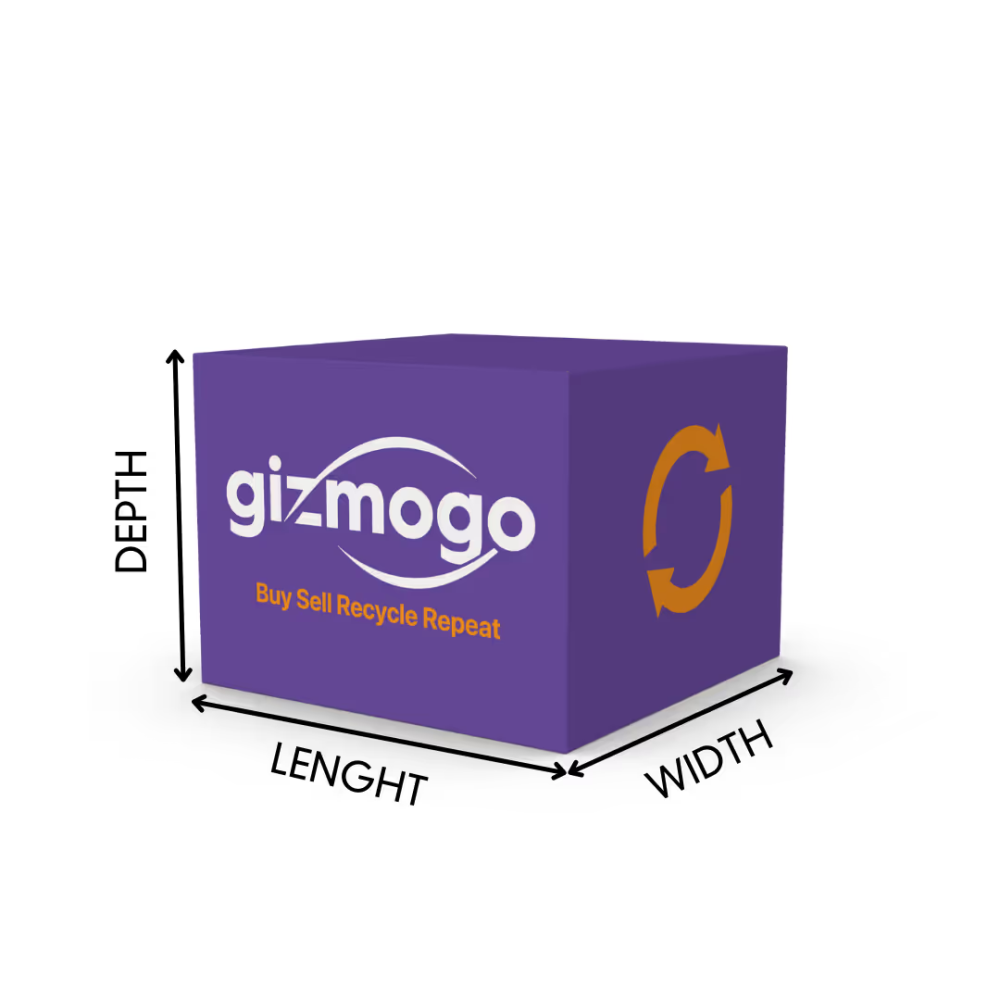Inaccurate measurements can lead to some unnecessary consequences.
Measuring a box for shipping may seem like an easy task, but wrong or inaccurate measurements can lead to some unnecessary consequences. In this post, we discuss why measuring boxes is crucial when it comes to shipping and how to accurately measure your boxes for shipping.
Why is it important to accurately measure a box for shipping?
Accurately measuring your boxes for shipping is important because doing so allows you to keep your shipping costs low and get the most cost-effective shipping rates. Incorrect measurements for your boxes can result in additional shipping costs, and you don’t want that.
How to measure your boxes for shipping?
First, when measuring a box for shipping, remember to measure the outside dimensions of the box—not the inside dimensions. Shipping companies will use the outside dimensions to determine the space required for your package.


shipping box dimensions
Second, you’ll need a measuring tool such as a steel tape measure to measure your boxes accurately. Using your steel tape measure, here’s how to measure your box for shipping:
Measure the length.
The first thing you need to measure is the length of the box. The length of a box is always the side with the longest flap. Measure the length horizontally from edge to edge.
Measure the width.
After measuring length, turn your box 90 degrees and measure its width. The width of a box is always the side with the shorter flap. Measure the width horizontally from edge to edge.
Measure the height.
After measuring width, you have to measure the height of the box. The height of a box is the vertical measurement of your box from top to bottom with the flaps closed. To measure height, make sure your box is completely upright and measure the box from the top edge to the bottom edge.
Measure the dimensional weight.
To measure dimensional weight, calculate the cubic dimensions of your box first. Multiply the length of your box by its width (L x W), and you’ll get the box’s cubic dimensions.
Once you have your box’s cubic dimensions, divide that number by the shipping company’s dimensional weight divisor. The divisor of both FedEx and UPS is 139. The United States Postal Service (USPS) and DHL use the divisor 166 for boxes that are less than 1,728 inches (1 cubic foot). If you are shipping through a different company, you’ll need to verify their dimensional weight divisor.
When measuring your box, make sure to keep your measurements exact. Do not round off your measurements. However, there is an acceptable measurement error of ⅛ of an inch (plus or minus). Using exact measurements allows you to get the most accurate shipping rates possible.








What are the standard shipping box sizes?
When it comes to shipping boxes, the term “standard” is a little bit of a misnomer. Shipping companies and carriers all have different sizes for what they consider standard, so it’s difficult to exactly pinpoint the standard size of shipping boxes. However, here are the most common sizes you’ll see in the shipping industry today.
- 17 in x 12 ⅜ in x 12 ⅜ in – for books, magazines, smartphones, tablets, other small electronics, etc.
- 18 in x 16 in x 18 in – toys, clothes, small appliances, etc.
- 24 in x 18 in x 18 in – medium-sized kitchen appliances, large electronics like speakers, lampshades, etc.
- 24 in x 20 in x 24 in – large home appliances and other bulky items
Conclusion
If you need custom shipping boxes, we can help you. At PackM, we are ready to help with all your custom packaging needs. We can provide you with well-designed, high-quality, and sustainable custom shipping boxes. We can even assist you in creating your custom design. Head to our website or call us at (424) 271- 0700. Our experts will be more than happy to help you create the perfect packaging for your small business.








